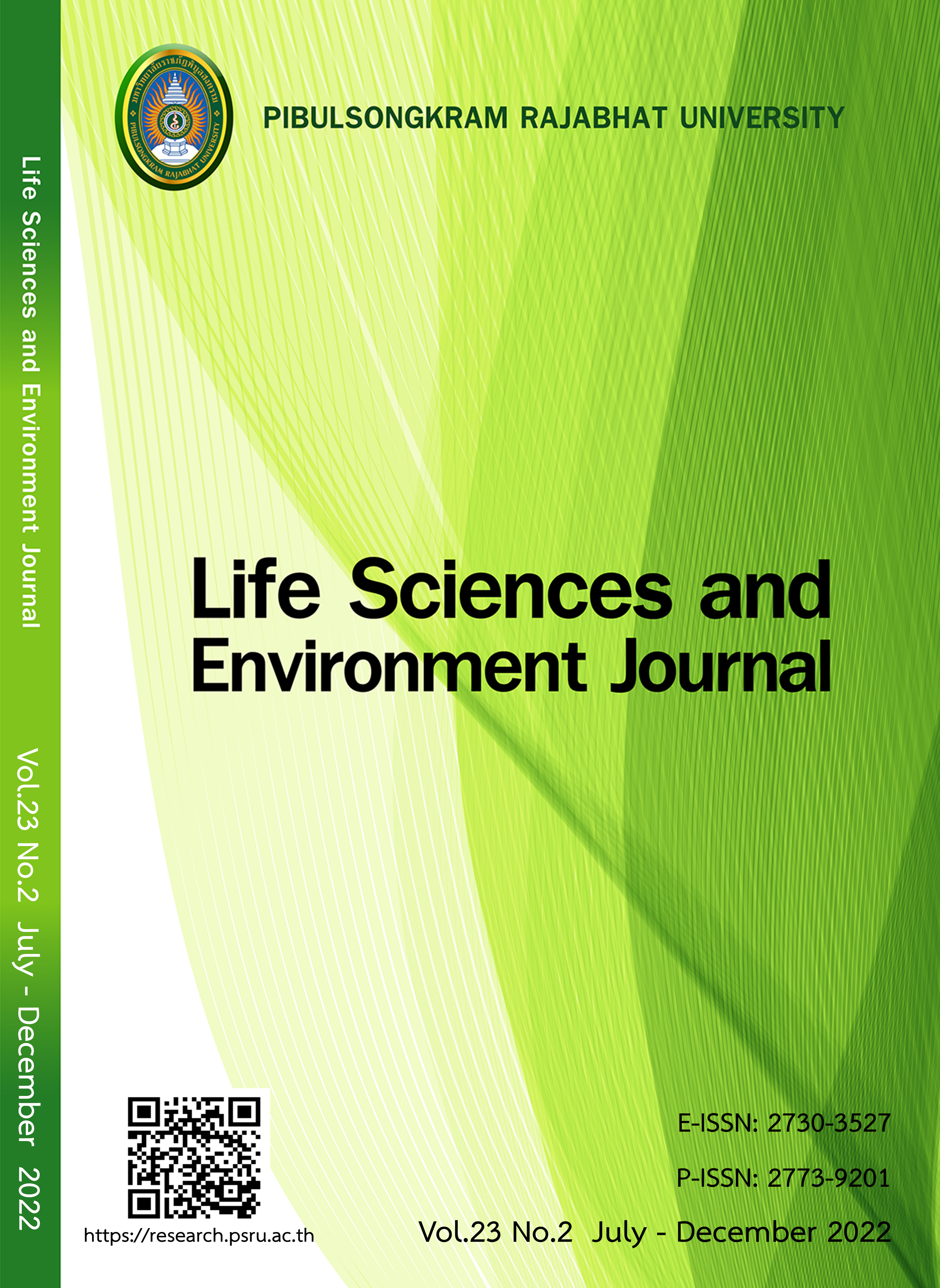THE EFFECT OF WEATHER ON PM2.5 IN BANGKOK AREA AND BANGKOK METROPOLITAN REGION USING MACHINE LEARNING
DOI:
https://doi.org/10.14456/lsej.2022.31Keywords:
PM2.5, Weather variables, Neural networkAbstract
The purpose of this study was to investigate the effects of five weather variables (temperature, precipitation, relative humidity, wind speed, and STP) on the particulate matter 2.5 (PM2.5) concentrations and to apply a long short-term memory model (LSTM) in order to predict PM2.5 concentrations from these weather variables. We used the PM2.5 data from the Pollution Control Department (Thai Ministry of Natural Resources and the Environment) and weather variables data from the Global Surface Summary of the Day (GSOD) in the area of study (Bangkok area and Bangkok Metropolitan Region). We hypothesized that weather variables relate to PM2.5 concentrations and could be used to predict the concentrations of PM2.5. The results showed that temperature and precipitation could be used to predict PM2.5 concentrations. We also found that a more accurate model can be obtained by using data of predictor variations over the same period.
References
Air Quality and Noise Management Bureau. Thailand's air quality and situation reports. 2020. Available at: http://air4thai.pcd.go.th/webV2/download.php. Accessed June 6, 2021.
Aryal RK, Lee BK, Karki R, Gurung A, Kandasamy J, Pathak BK, Sharma S. et al. Seasonal PM10 dynamics in Kathmandu Valley. Atmospheric Environment 2008;42(37):8623-8633.
Cabaneros SMS, Calautit JKS, Hughes BR. Hybrid artificial neural network models for effective prediction and mitigation of Urban Roadside NO2 Pollution. Energy Procedia 2017;142(9):3524-3530.
Dajsakdipon T. PM2.5. 2020. Available at: https://www.vejthani.com/th/2020/02/pm2-5/. Accessed June 10, 2021.
Das M, Das A, Sarkar R, Mandal P, Saha S, Ghosh S. Exploring short term Spatio-temporal pattern of PM2.5 and PM10 and their relationship with meteorological parameters during COVID-19 in Delhi. Urban Climate; 2021.
Harnkijroong T, Panich N. Influence of meteorological factors on PM10 at roadside of Bangkok. The 10th KU KPS Conference; 2013.
Mok KM, Hoi KI. Effects of meteorological conditions on PM10 concentrations - A study in Macau. Environ Monit Assess; 2005.
NGThai. PM 2.5. 2019. Available at: https://ngthai.com/environment/18251/factofparticlematters/. Accessed June 10, 2021.
NOAA. 2021. Available at: https://www1.ncdc.noaa.gov/pub/data/gsod/. Accessed May 15, 2021.
Pobsuk J. PM2.5. Journal of Science and Technology (Royal Thai Naval Academy) 2019; 2(1):48-55.
Shams SR, Jahani A, Kalantary S, Moeinaddini M, Khorasani N. The evaluation on artificial neural networks (ANN) and multiple linear regressions (MLR) models for predicting SO2 concentration. Urban Climate; 2021.
Singhaworawong P. Forecasting PM2.5 in Chiangmai using Long Short-Term Memory Models, Srinakharinwirot University; 2020.
Thai Meteorological Department. Thailand weather. 2021. Available at: https://www.tmd.go.th/ info/info.php?FileID=22. Accessed May 15, 2021.
Thaweephol K, Wiwatwattana N. A long short-term memory deep neural network model for PM2.5 prediction in the Urban Bangkok Area, Srinakharinwirot University; 2020.
Downloads
Published
How to Cite
Issue
Section
License
Copyright (c) 2022 Life Sciences and Environment Journal

This work is licensed under a Creative Commons Attribution-NonCommercial-NoDerivatives 4.0 International License.
Each article is copyrighted © by its author(s) and is published under license from the author(s).










